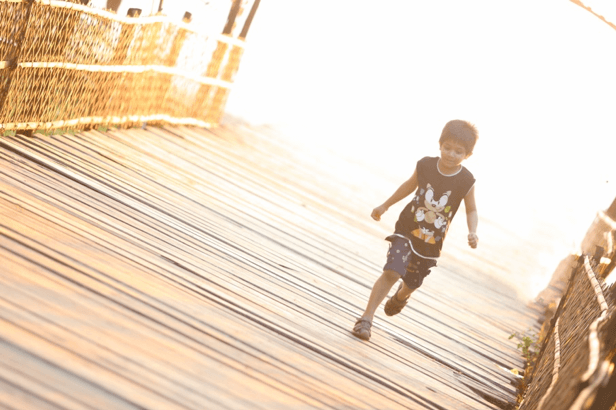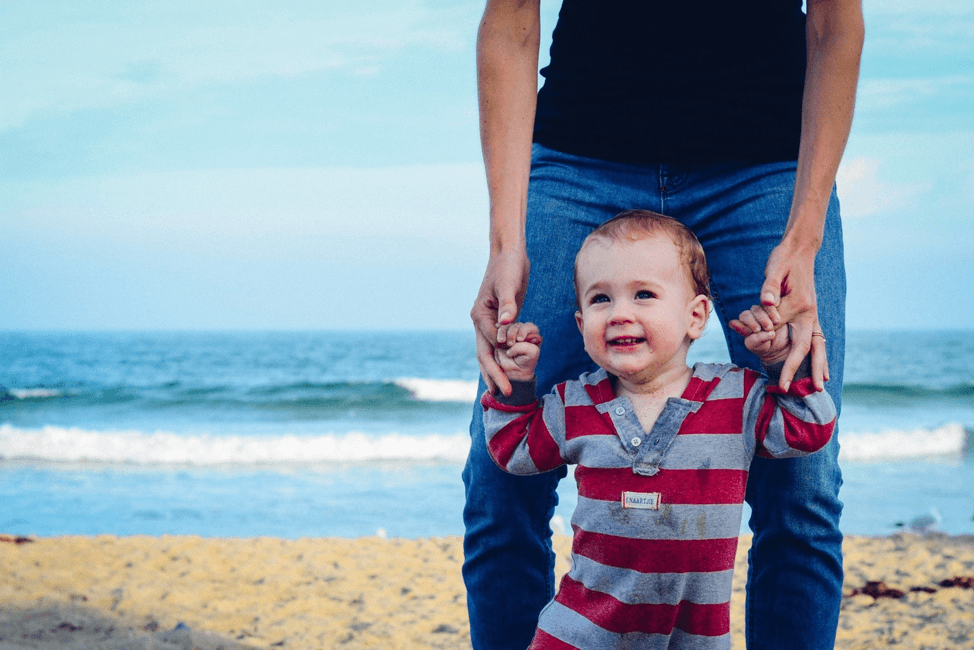In honor of World Autism Day tomorrow, we thought we’d share the top 13 tips on vacationing for parents of kids with autism.
With summer just around the corner, it’s a great time to plan and prepare for your family’s vacation. Especially if you have a child with autism, proper planning can make all the difference. For this reason, we offer these tips that can help make your vacation a blast.
Before Your Vacation
1. Contact Your Hotel, Restaurants and Sights of Interest in Advance
You may be surprised how airports, hotels and other vacation hot spots can accommodate your child’s special needs.
For example, some airports offer dry runs for going through security and boarding a plane. In addition, some hotels have staff trained for autism and rooms designed with low lighting, bigger beds and extra security measures.
Furthermore, amusement parks may offer your family fast passes, while restaurants can ensure the best table for your child. A few phone calls could end up getting your child the accommodation she needs to enjoy her vacation even more.
2. Put It on the Calendar
Your child might do best with advance notice of the upcoming vacation. After explaining the upcoming vacation, put it on a calendar she can view. This visualization of the days before the trip may help her feel more comfortable as she processes the upcoming trip.

3. Create a Visual Itinerary of Your Trip
Once you let your child know about the upcoming vacation, consider creating a look book to highlight the steps of the trip.
A look book is an illustrated, chronological itinerary. Therefore it can help your child visualize and become comfortable with the upcoming vacation. For example, you can cut out pictures of airplanes, the beach, the hotel room and any other of your vacation settings.
Use your look book to talk through the transitions of your vacation. By doing so, you can uncover any anxieties before your trip. Then, you get the chance to work through fears she may have.
As you review the vacation look book together, you may want to share videos of what your child can expect. For instance, maybe it’s a video of a plane ride or a beach setting. By giving your child more visual information, it may help her with expectations.
4. Incorporate Talks About the Upcoming Trip Into Her Daily Routine
Often it is helpful to discuss the upcoming trip for weeks in advance. On the other hand, some kids with autism may benefit from discussing it just a few days before. Whichever is best for your child, try to incorporate talking about the trip into her daily routine.
During these talks, you may want to role-play scenarios of the upcoming vacation. For example, you could roleplay waiting in line, buying a ticket and getting into a ride if you’re going to an amusement park.
5. Discuss the Trip Home
While it may seem obvious to you that your vacation will come to an ending point, it may not be so obvious to your child with autism. For this reason, include the trip home in your look book. Seeing the trip will end can help with the final transition back to daily home life.
6. Create a Packing List
With a packing list, you can be sure you won’t forget any essentials or comforting items. From your child’s favorite stuffed animals to extra medication, your packing list should include everything you need to keep your child comfortable and safe.
7. Get an ID Bracelet and Label Clothes
Having extra safety precautions can give you peace of mind. For example, get an ID bracelet for your child. Or add an ID to her shoelaces and zipper pulls if wearing jewelry isn’t a good option. You may also want to label the inside of clothes. Finally, get ID cards that show your child belongs to you.

8. Plan for Activities in Short Bursts
For kids with autism, vacation activities in short one- to two-hour segments can work better than long periods. With frequent breaks, your child will be better rested and less likely to have meltdowns or other escalated feelings.
9. Incorporate Daily Routines in Your Plans
Are there any must-do daily routines that you can incorporate into your vacation? Whether it’s a bedtime routine or certain breakfast, try to include these key rituals into your child’s day while on vacation. By doing so, your child can feel more comfortable in her new environment.
10. Bring a Letter From Your Child’s Physician and Autism Information Cards
Consider packing a letter from your child’s physician. This letter may be helpful if your child needs medical attention while on vacation, or your airline needs documentation to provide further accommodations.
On your vacation, you may find autism information cards helpful. In particular, you can hand them out to people your child interacts with on vacation.

11. Pack a Care Kit
A care kit filled with comforting items, soothing activities and sensory toys can help deescalate strong emotions and pass the time while waiting for the next event. For example, you may want to include a compression blanket or vest, tablet loaded with educational games, headphones and fidget spinners.
When packing a care kit, it may be helpful to show your child what you’re bringing. Knowing her comfort items will be with her can ease anxieties about the trip.
After Your Vacation

12. Create a Photo Book to Keep Memories
In today’s digital world, it can be easy to take pictures then not look at them again. Instead of letting the memories stay in your phone or the cloud, print out the best photos and create a photobook.
As a family, look at the photobook. Your child may want to talk about the trip highlights while looking at the photos. Not only is this beneficial for practicing sequencing and narration, but it also helps strengthen the memories from the vacation.
13. Make a Note of What Worked Well … And What Didn’t
After your vacation, take some time to assess how your vacation went. What worked well? What caused issues?
After identifying the strengths and weaknesses of your vacation, you can better plan for next year’s summer travel plans for your child with autism.

Choose the Best Vacation Tips for Your Child With Autism
The tips above for vacationing with a child who has autism may help your family enjoy a more relaxing and rewarding vacation. Having said that, you know your child best. Choose the best ones for your child and enjoy the peace of mind that comes with proper and thorough planning.





